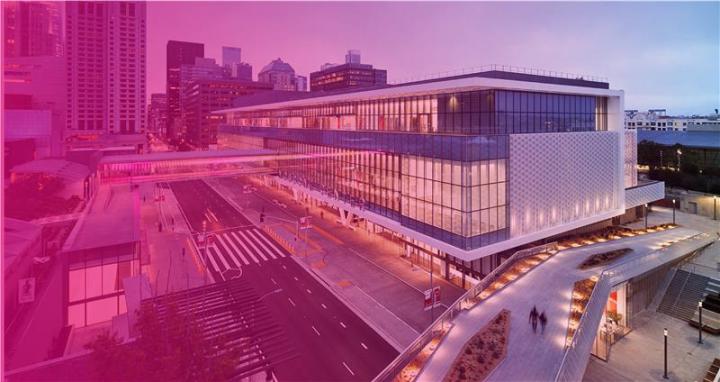Université Claude Bernard Lyon I experiments with virtual reality teaching using Inetum's Intraverse platform
Université Claude Bernard Lyon I experiments with virtual reality teaching using Inetum's Intraverse platform
Innovation
Customer feedback
Creation date :
The university's teaching support service ICAP relies on Intraverse to develop a virtual reality demonstration based on an animal dissection sequence. Time saved, ease of use, shared functionalities and platform versatility were the main reasons why the university teams chose Inetum's platform.
Spearheaded by Université Claude Bernard Lyon I, the Include project is a demonstrator designed to accelerate the digital transition and promote the inclusion of learners in higher education. The project is organized around fifteen actions. One of them aims to federate, pool and disseminate immersive teaching experiences on a large scale. Among them, “we have deployed a training module on frog dissection in virtual reality,” explained Anthony Côte, in charge of ICAP (Innovation, Conception et Accompagnement pour la Pédagogie), the department dedicated to digital pedagogy at the university.
The module enables students to learn about anatomy by virtually manipulating amphibian organs (picking them up, comparing them, weighing them, “reassembling” them, etc.) without having to sacrifice an animal or manage the logistics of supply. The digital model, by definition limitless, frees the student from the stress associated with the risk of error on a biological organism. “Virtuality also encourages experimentation and curiosity,” added Anthony Côte, referring to the many possibilities for enriching the immersive experience with interactive audiovisual media, links to external sources and even Virtual Humans, Inetum's generative AI-powered avatars who could potentially answer students' questions.
Optimized development time
To develop the virtual training module for amphibian dissection, ICAP chose Inetum's Intraverse platform, with a license for Sketcher (the virtual world editor). This choice was motivated by several specific features of the solution. These include the availability of ready-to-use functionalities, which save a lot of time. For example, an interaction with an object (opening a door, grabbing a tool, etc.) is created by “drag & drop” combined with the configuration of options. “The same thing with a conventional VR development tool takes more time,” said Anthony Côte.
Intraverse also stands out for its multi-platform aspect. “Developing at once and making the result accessible simultaneously on VR headset and PC was fundamental for us in order not to exclude anyone.” Anthony Côte refers in particular to individuals who are uncomfortable using the headset, who can then turn to the PC environment to carry out the dissection exercise serenely (at the cost, however, of losing the ability to learn how to sketch out the gesture). “In our view, it's essential that the solution is independent in terms of hardware, familiarity and capabilities.”
The autonomy offered by Inetum's tool is also an attractive feature. “Intraverse users can modify their own immersive experiences themselves, up to a certain level, without being permanently dependent on an external team of developers,” emphasized Anthony Côte. And when an option in the software code needs to be modified to gain autonomy over a feature, the ICAP spokesman praised the quality of its relationship with Inetum's Innovation teams. “It's clear that they listen to our needs. There's an understanding behind it, and the person we talk to always comes back with answers to our questions. It's pleasant and productive to work with Inetum.”
Shared functionalities
Intraverse also enables certain functionalities to be shared between two immersive universes. This facilitates the development of immersive teaching methods within educational establishments. For example, a tooth extraction for an odontology course was used directly from a function adapted from a frog cut-out built by ICAP. Being able to share tools and collaborative productions between teaching teams “is quite an important source of empowerment,” considered Anthony Côte.
Accessible in the Virtual Lab (a university room equipped with 10 VR stations for practical exercises), the virtual dissection sequence is still in the experimental phase. Anthony Côte is optimistic that VR will eventually spread into teaching. “Like any other teaching resource, it will be integrated if we find uses for it. The experimentation with the digital dissection module is also popular with teachers, who see “good potential in comparative anatomy and the ability to introduce new variations in teaching and assessment methods.” Especially as the photo-realistic aspect of the medium is not the main focus of the virtual experience. “The idea is to familiarize ourselves with the procedures. It all depends on the teaching objective, and Intraverse can be used for complex learning,” concluded Anthony Côte.


